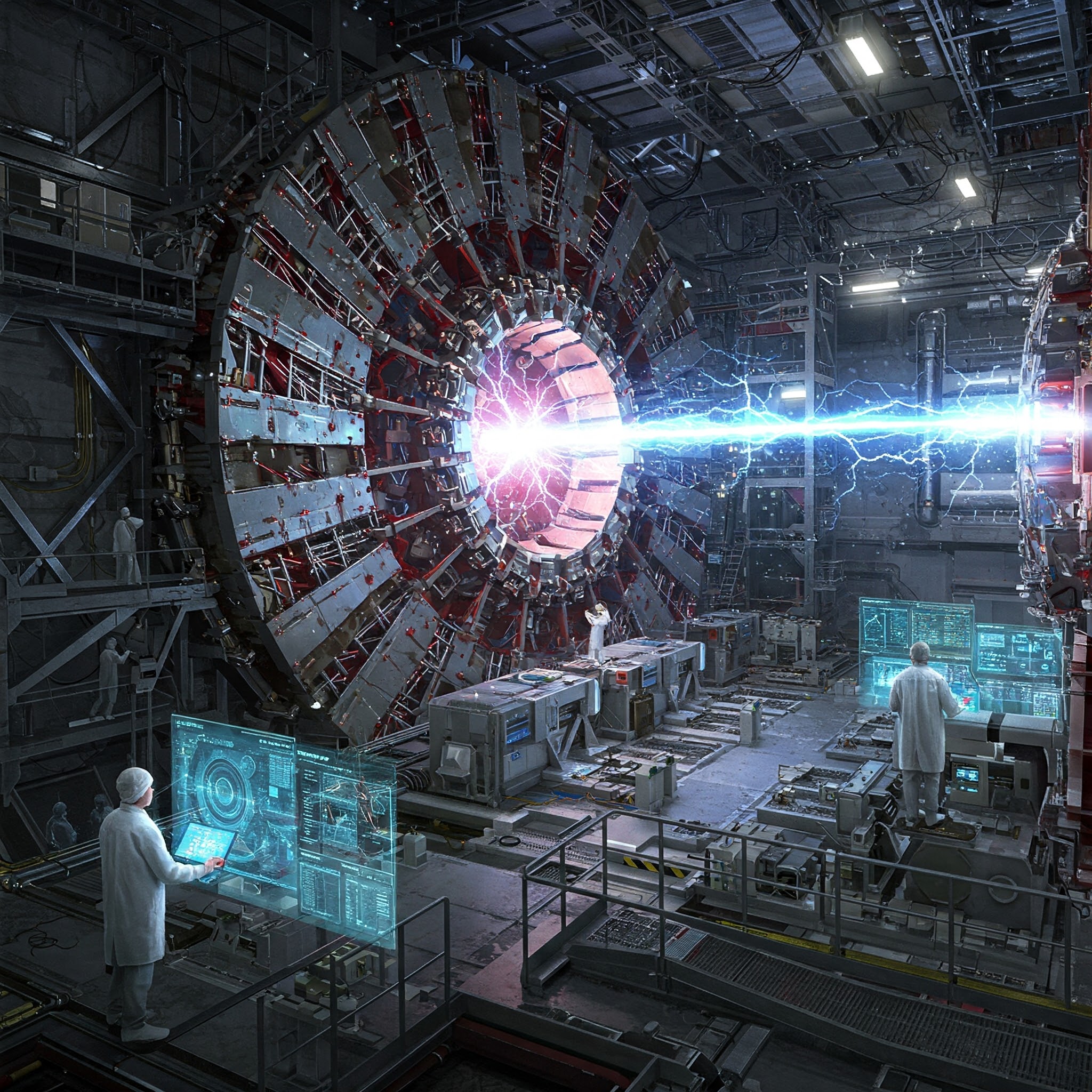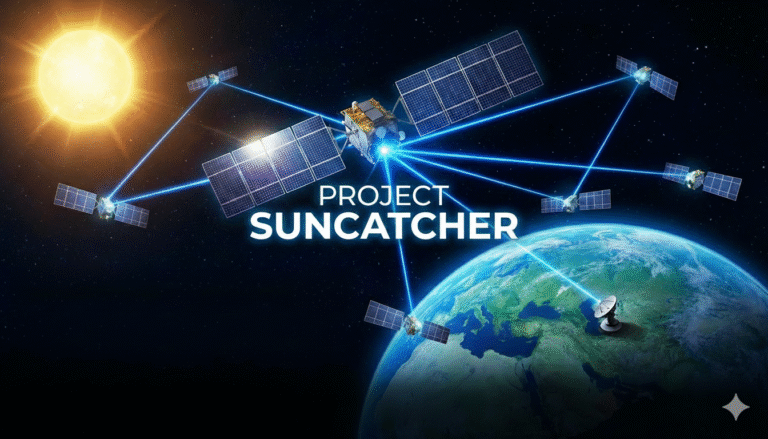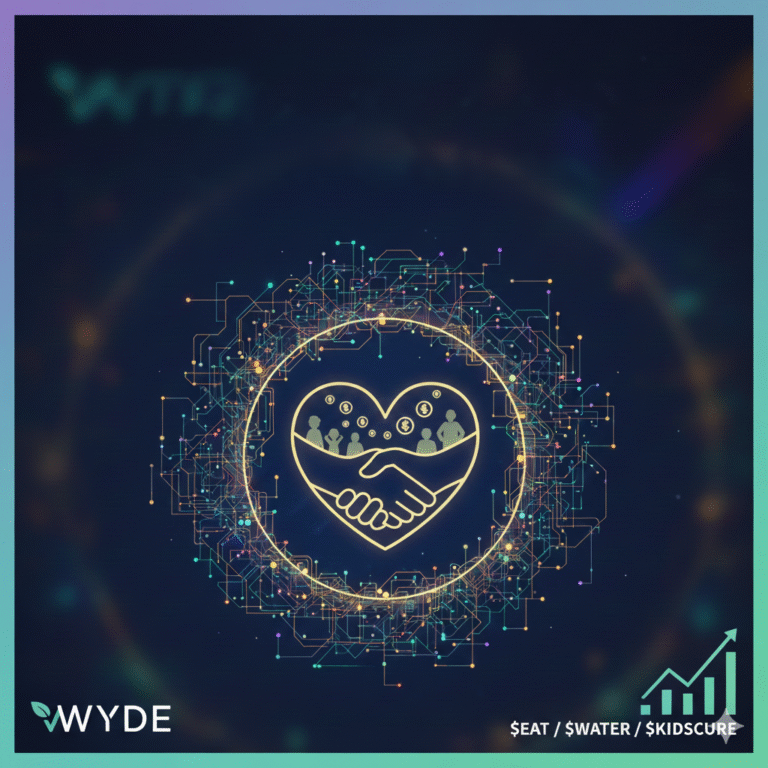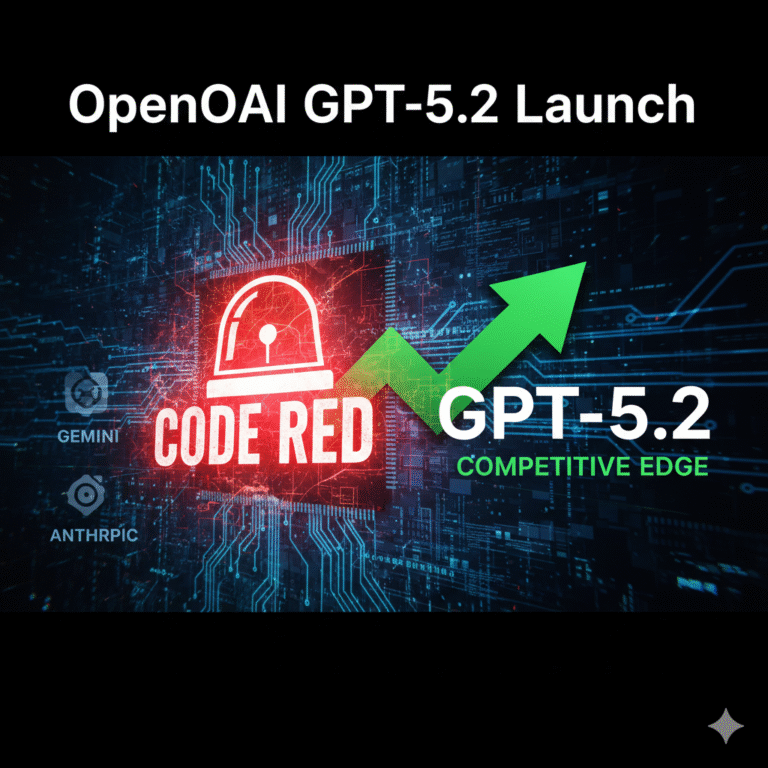In the quest to understand the most fundamental building blocks of our universe, particle physics stands at the frontier of human knowledge. One of the most ambitious upcoming scientific endeavors in this realm is the Electron-Ion Collider (EIC), an advanced particle accelerator that will be constructed at Brookhaven National Laboratory (BNL) in the United States. This groundbreaking facility builds upon the legacy of the Relativistic Heavy Ion Collider (RHIC), which has already provided scientists with profound insights into the nature of matter.
The EIC promises to go even further by colliding high-energy electrons with protons and nuclei (ions) to explore the substructure of matter in unparalleled detail. With this technology, physicists aim to answer some of the most compelling questions in science: What holds matter together? Where do mass and spin originate? And how do the fundamental forces operate inside atomic nuclei?
From RHIC to EIC: Laying the Groundwork
The RHIC, operational since 2000 at BNL, has been instrumental in studying quark-gluon plasma (QGP) — a state of matter believed to have existed just microseconds after the Big Bang. By smashing heavy ions like gold at nearly the speed of light, RHIC has helped scientists replicate and analyze this ancient, ultra-hot soup of particles.
However, RHIC’s capabilities are limited when it comes to probing the precise internal structure of individual protons and neutrons. That’s where the Electron-Ion Collider comes in. By replacing one of RHIC’s heavy-ion beams with a beam of electrons, the EIC will provide a clearer and more detailed “microscope” to investigate the forces acting within nucleons.
The Physics Behind the EIC
What Is an Electron-Ion Collider?
An Electron-Ion Collider is a type of particle accelerator designed to smash electrons into ions at nearly the speed of light. The goal is not to break the particles apart, but to observe the interactions between electrons and the inner components of protons and neutrons (collectively known as nucleons). This method allows scientists to map the distribution of quarks and gluons inside nucleons.
Quarks and Gluons: The Real Building Blocks
Protons and neutrons are made up of quarks, which are held together by gluons via the strong nuclear force — one of the four fundamental forces in nature. Despite their tiny size, gluons carry immense energy and are responsible for over 98% of a proton’s mass. Understanding how gluons and quarks behave and interact is crucial for a complete theory of matter.
Unraveling Proton Spin
One of the enduring mysteries in physics is the origin of proton spin. Initially, it was thought that the spin of a proton came from the spins of its constituent quarks. However, experiments at RHIC and elsewhere have shown that quark spin accounts for only a small fraction of a proton’s total spin. The Electron-Ion Collider (EIC) will provide scientists with the advanced tools needed to explore how gluons and the dynamic movement of quarks contribute to the overall spin of the proton.
Technological Marvel: How the EIC Will Work
The EIC Design
The Electron-Ion Collider will feature two intersecting rings of magnets that accelerate and collide beams of electrons and ions. Advanced detectors will capture and analyze the resulting particle collisions. The facility is designed to achieve very high luminosity (collision rates) and polarization (alignment of particle spins), which are crucial for precision measurements.
Polarized Beams: A Unique Feature
One of the standout advancements in the Electron-Ion Collider (EIC) is its ability to use polarized beams, meaning the spins of electrons and ions are aligned in a specific direction. This alignment enables researchers to examine the internal spin structure of nucleons with unprecedented precision—something only a handful of facilities worldwide are equipped to do.
Computational Power
To process the enormous amount of data generated by EIC experiments, powerful computing infrastructure and machine learning algorithms will be employed. This computational prowess will help sift through billions of collision events to find patterns and anomalies that hint at new physics.
Global Significance: Why the EIC Matters
Advancing Fundamental Science
The EIC will play a pivotal role in advancing Quantum Chromodynamics (QCD), the theory that describes the interactions of quarks and gluons. A deeper understanding of QCD could unlock secrets about the early universe, matter formation, and possibly even the fate of the cosmos.
Practical Applications
While the EIC is focused on fundamental research, the technological advancements developed along the way often spill over into other fields. Innovations in superconducting magnets, cryogenics, and data processing can benefit industries ranging from medical imaging to aerospace engineering.
Training the Next Generation
The EIC will serve as a training ground for scientists, engineers, and technicians, fostering a new generation of experts in high-energy physics and advanced technologies. It will also enhance international collaborations, reinforcing the U.S.’s role as a leader in scientific research.
Challenges and the Path Ahead
Engineering and Cost Challenges
Building and maintaining a facility as sophisticated as the EIC comes with significant engineering and financial challenges. The estimated cost runs into billions of dollars, funded primarily by the U.S. Department of Energy with additional contributions from international partners.
Timeline
The Electron-Ion Collider (EIC) is slated to begin construction in the mid-2020s, with full-scale operations projected for the early 2030s. Given its scope and ambition, the EIC is a long-term investment in the future of science.
Public Engagement and Outreach
Communicating Science
To maintain public and governmental support, it’s essential to communicate the value of fundamental science effectively. Outreach programs, public lectures, and educational materials are part of the EIC initiative to keep the broader community informed and engaged.
Inspiring Curiosity
Much like NASA’s space missions, the EIC has the potential to inspire wonder and curiosity about the universe. By showing how deeply interconnected everything is, from subatomic particles to galaxies, the EIC can help foster a scientifically literate society.
Conclusion: Peering Into the Soul of Matter
The Electron-Ion Collider represents a monumental step forward in humanity’s quest to understand the universe at its most fundamental level. By revealing the complex inner workings of protons and neutrons, the EIC will not only deepen our grasp of the physical world but also open new frontiers in science and technology.
As we stand on the brink of this exciting new era, the EIC reminds us that the pursuit of knowledge is both a noble endeavor and a cornerstone of human progress. From understanding the glue that holds matter together to fostering innovation and global collaboration, the Electron-Ion Collider is poised to reshape the landscape of modern physics.
References:
From RHIC to the EIC: Taking our exploration of matter to the next frontier









+ There are no comments
Add yours